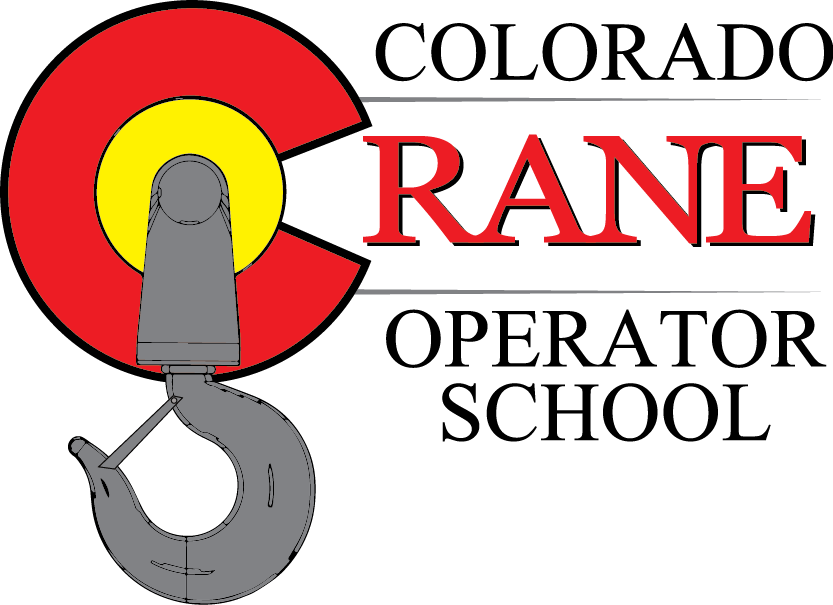Program Overview:
Course Overview:
This program includes technical training, hands-on skills training, and the required examinations to meet OSHA standards. The course teaches the proper use and pre-use inspection of rigging gear, slings and below-the-hook lifting devices to ensure those who have completed the training are competent. Discusses lift plan implementation, including reference information, calculations, single- and multiple-crane lifting, critical lifts, and engineering considerations
The course also explains how load weight and center of gravity affect load balance along with stability during movement. Load calculations for multi-crane lifts are presented, along with the application of equalizer beams. The movement of loads up an inclined plane and the line pull required are examined in detail. The module concludes with guidance in the rigging and handling of rebar bundles.
The single most important precaution in hoisting and rigging is to determine the weight of the load before attempting to lift it. At the same time, riggers must also:
• Determine the available capacity of the equipment being used
• Rig the load so that it is stable and under control during the hoisting process
• Make allowances for any unknown factors.
In addition, riggers must be aware of common hazards, factors that reduce capacity, the inspection
and use of slings, and safe practices in rigging, lifting, and landing loads.
Course Topics Include:
| OSHA Regulations, §1926.1400 and 1910.180 Slings (All Types): Application and Proper Use Rigging Hardware: Application and Proper Use Below-the-Hook Lifting Device Application and Use Softeners and Sling Protection Sling Hitches and Applications D/d Ratio Considerations | Sling & Hardware Rating Charts How to Determine Bridle Sling Angles and Methods to Verify Sling Stress Load Weight Distribution How to Calculate and Locate Load Center of Gravity Load Weight Calculations How to Calculate Sling Angle Stress The Fall Zone and Cautions to Personnel |
Specific Training Objectives:
- How to conduct a pre-use inspection of slings and rigging gear.
- Selection of slings and rigging gear suitable for the job at hand.
- Applying hitches suitable for the specific rigging task.
- How to calculate sling tension in bridle sling legs.
- How to locate and calculate the weight of a load.
- How to calculate and determine the load’s center of gravity.
- Use of rigging tools common to the industry.
- How to use the Riggers Reference Card (provided with this course).
